FRMAWREOK FAMREWROK FRMWRAOEK FMRAEOWRK FWRREOMAK FEARMOWRK FORAMRWEK FWMAOERRK FOMARERWK FEMORWARK FMRWREAOK (2016). Éric Baudelaire’s installation title is as complicated and confusing as the theme it addresses - terrorism.
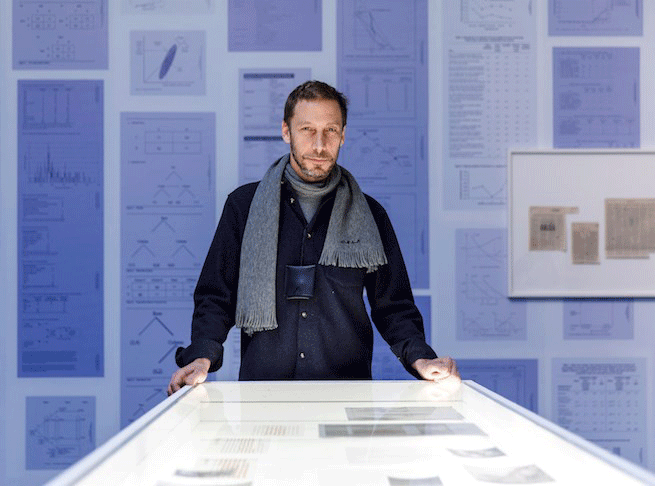
After switching to art and photography from political theory, Éric Baudelaire comments that politics is “too fluid to fit inside a single theoretical framework”. Politics, especially political thought and history, “leak” out of the boundaries meant to contain it. To highlight this fluidity and the aesthetics of politics, Éric created FRAEMWROK, FRMAWREOK, FAMREWROK..., a collection of 413 figures, tables, charts, and diagrams sourced from 109 academic journals.
Accompanying the collection of figures is a voice that recites an alphabet or “alphabétaire of terminologies” from journals - referring to academic jargon.
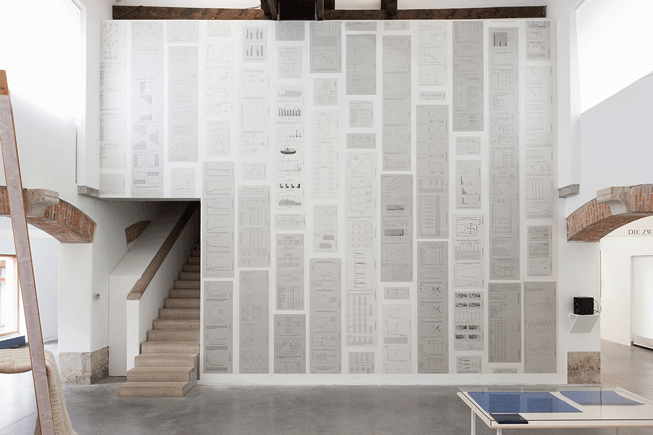
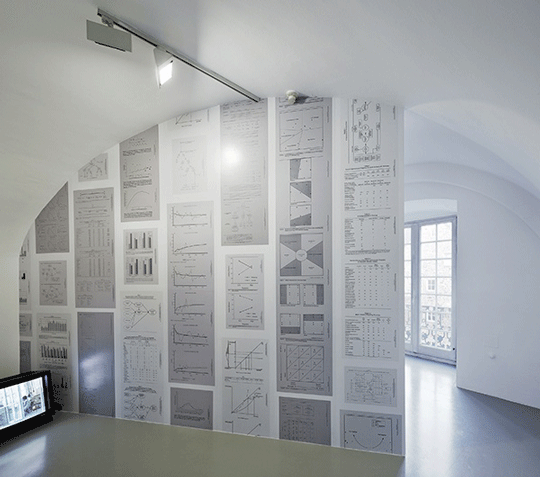
Set up in a room as wallpapers, the work surrounds the viewer from top to bottom. Éric’s installation critiques the lack of understanding of terrorism, and the failure of experts to create proper counter-measures to fight it. This work becomes particularly relevant given current events in Afghanistan, where decades of research and knowledge on state building, rebel groups, domestic instability, military-civilian relations and gender from top American political science and military officials' were turned on their head by the entrance of the Taliban as the country's new government.
FRAEMWROK, FRMAWREOK, FAMREWROK… highlights the urgency of UN’s Peace, Justice and Strong Institutions Sustainable Development Goal. With a horrifically increasing number of people fleeing war-torn places and countries plagued by humanitarian crises going beyond 79.5 million, it is vital to tactically think about institutions upholding a state of conflict and capital supremacy rather than working for its citizens.
Part of the description reads:
“Created by sociologists, economists, game theorists, political scientists and psychologists, the graphics attempt, in various manners, to explain, contain, represent or delineate a phenomenon which is ongoing, inherently elusive, endlessly complex and remarkably resistant to rationalization or explanation.”
But Éric is not looking for answers. His intent, or rather the intended effect produced in the viewer, is not about finding the proper definition of terrorism and explanation for the ‘hows,’ ‘whys,’ and ‘what ifs’ of historical events.
As Éric proclaims in his interview with Ocula Magazine, his entire practice can be summarized in two questions, “what can an image do? And [...] what is the relationship between words and images?”
Éric’s work deals with aesthetics; of the work itself and of the emotions produced in the viewer. FRAEMWROK, FRMAWREOK, FAMREWROK… questions, and thoroughly tries to locate patterns for answering what lies beyond life and politics.
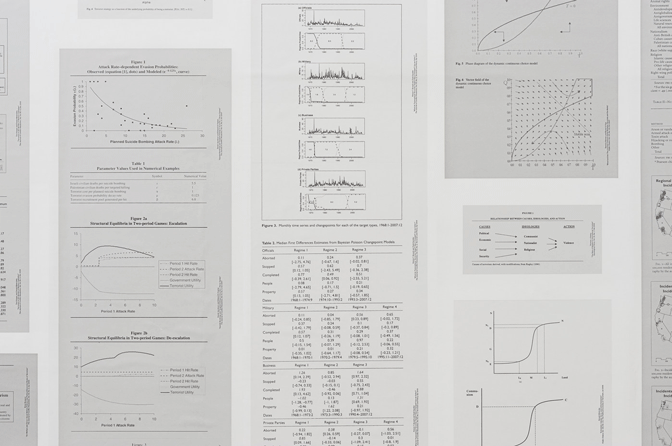
A few of the paper titles from which Éric took the images are: “Hijackers, Bombers, and Bank Robbers: Managerial Style in the Japanese Red Army”, “Legitimacy and Deterrence Effects in Counterterrorism Policing: A Study of Muslim Americans”, and “Palestinian Suicide Bombing Revisited: A Critique of the Outbidding Thesis.”
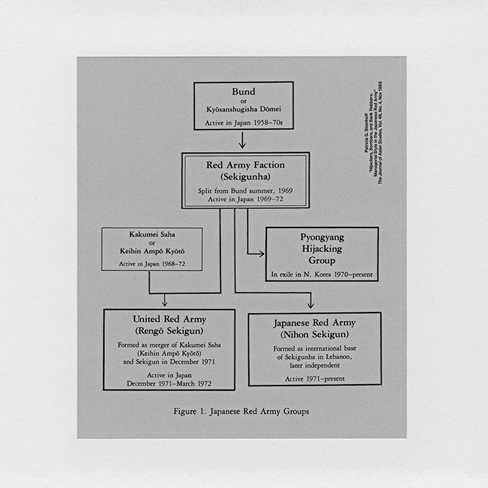
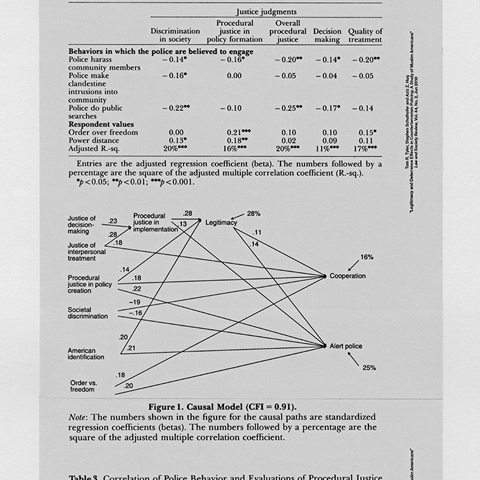
Rather than ‘declassifying’ what terrorism is, Éric simply showcases how elusive a concept it is. Much like the title itself, the viewer seems to partly grasp what the installation means and signifies, but fails to formulate a cohesive understanding.
Éric said in an interview with Jens Maier-Rothe, “I've always gravitated towards art in its relationship to reality, seeing it as a way of thinking about the world and translating a thought, or usually a question, into a form. Samuel Beckett said the task of the artist is to find ‘a form that accommodates the mess’.”
Éric gives the viewer a massive amount of data from peer-reviewed academic journals that are not accessible to people who are not part of academia. He makes a large collection of studies available to the public to quantify the inexhaustible study done by researchers on the topic of terrorism. It also acts as a critique that even after spending countless dollars and decades, the cases of police brutality, suicide bombings, and US interference in political affairs of other countries are still on the rise.
Jens Maier-Rothe argues that Éric’s “expansive wallpaper,” which leaves no space for the outside world to interact with the installation except for the viewer, “oddly renders Baudelaire’s deep tie to the social and political sciences into décor.”
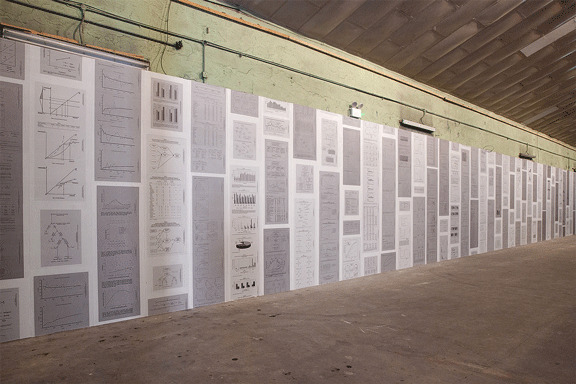
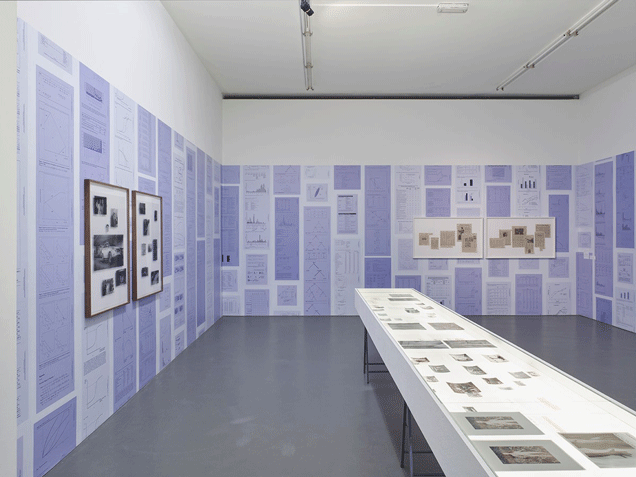
Although the size of the artwork leaves the viewer unable to grasp the information, Éric wants to fight the censorship of knowledge and imagery, and give the viewer a space free of barriers. He wants the viewer to be comfortable with the concept of not understanding something.
“I think it's our moral obligation as fellow humans to think about why another fellow human would kill, to think about what it is in our society that creates an increased tendency for seemingly random violence to occur,” says Éric.
“But we can try to address this without necessarily understanding everything about it. Art is a wonderful place to generate forms that allow us to think while accepting the limits of understanding.”
Visit Éric’s website to view more of his work.
To help children in Afghanistan to assure their rights are being met during the uncertain political situation, check out Save the Children.
